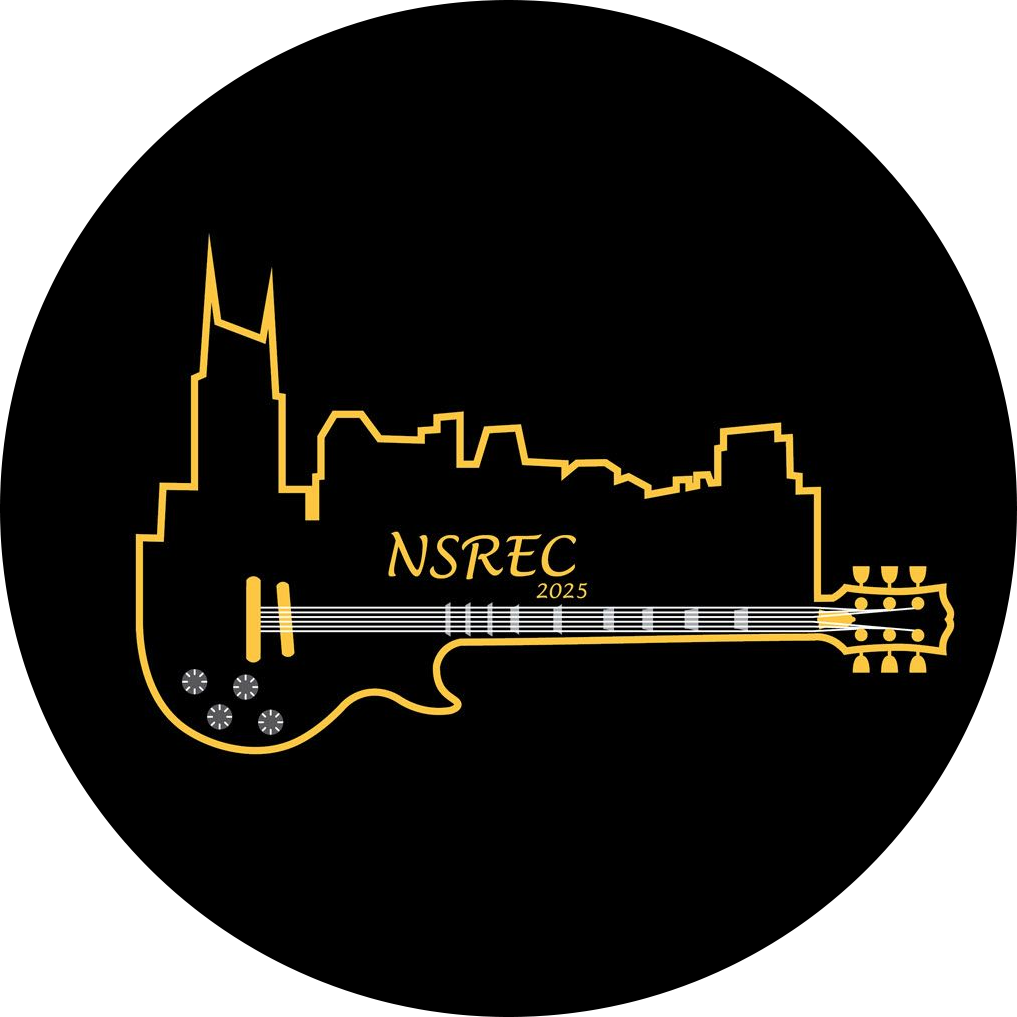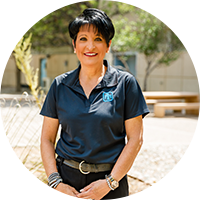2025 IEEE NSREC TECHNICAL PROGRAM
SESSION B SCHEDULE
NASHVILLE RENAISSANCE HOTEL, NASHVILLE, TN
TUESDAY, JULY 15, 2025
SESSION B
Grand Ballroom 2-3
HARDNESS ASSURANCE: PIECE PARTS TO SYSTEMS AND TESTING APPROACHES
10:25 AM
SESSION INTRODUCTION
Chair: Rebekah Austin (NASA Goddard Space Flight Center)
B-1
10:30 AM
A Survey of Depth-Parameter Selection in Upset-Rate Calculations
D. Hansen1, B. Kimbrell1, T. Manich1, C. Pownell1, I. Zavatkay1
- L3 Harris, USA
This paper reviews guidelines for depth parameter selection in rate calculation and compares them to published on-orbit data. Current guidelines result in underestimates for some modern devices.
B-2
10:45 AM
Dynamic Time Warping for ASET Cluster Analysis
J. Carpenter1, D. Loveless1, A. Ildefonso1, J. Hales2, D. Mcmorrow2, T. Peyton1, S. Westfall1, J. Lazenby1
- Indiana University, USA
- NRL, USA
Dynamic time warping (DTW) is used to analyze ASETs, enabling discrimination based on radiation source, LET, and strike location. Heavy-ion and laser-QBB data show that DTW enables cross-source correlation while enhancing insight into circuit behavior.
B-3
11:00 AM
Scaling Factors for Single Event Upsets with High Error Counts
P. Oldiges1, N. Domme1, R. Zedric1
- Sandia National Laboratories, USA
We perform an analysis of multiple single events in individual bits of memory during SEU testing. Large numbers of multiple strikes can be accounted for, even with asymmetry in the logic state upset cross-section.
B-4
11:15 AM
PEARCE: Pulsed Electrons for Alternative Radiation Effects Characterization of Electronics
G. Tzintzarov1, J. Teng1, A. Kulkarni2, A. Bushmaker1, P. Musumeci2, M. Looper1, D. Daniel1, M. Voegtle1, R. Berry3, S. Milton4, G. Allen5
- The Aerospace Corporation, USA
- UCLA, USA
- RadiaBeam, USA
- Tau Systems, USA
- NASA JPL, USA
Development of SEE testing using pulsed electrons is discussed. The Thorlabs FDS010 photodiode is used as a vehicle to compare electron tests, heavy-ion tests, and simulation. Results support the future use of such beams.
B-5
11:30 AM
SEU cross-section predictions in 3nm FinFET using an advanced charge transport model
S. El hajji1, G. Gasiot1, T. Thery1, V. Correas1, N. Pieper2, Y. Xiong2, J. Kronenberg2, J. Autran3, B. Bhuva2, D. Pandini4, V. Malherbe1, P. Roche1
- STMicroelectronics, France
- Vanderbilt University, USA
- Univ Rennes, CNRS, IPR (Institut de Physique de Rennes) – UMR 6251, France
- STMicroelectronics, Italy
A fast 3D Poisson equation solver optimized for FinFET architectures has been integrated into the TIARA simulation platform. SEU predictions of a 3nm FinFET flip-flop exposed to heavy ions are made and compared with experiments.
B-6
11:45 AM
Implications of Ion Fragmentation for High-Energy Heavy Ion Single Event Effects Testing
R. Garcia Alia1, M. Sacristan Barbero2, D. Lucsanyi2, A. Waets1, K. Bilko1, M. Cecchetto1, M. Delrieux1, N. Emriskova3, D. Prelipcean1, I. Slipukhin1, D. Soderstrom1, F. Ravotti1, L. Esposito1, F. Cerutti1, S. Gilardoni1, M. Sivertz4, S. Kodaira5, F. Saigné6
- CERN, Switzerland
- Univ. Montpellier, CERN, Switzerland
- CERN, Univ. Montpellier, Switzerland
- NSRL-BNL, USA
- National Institutes for Quantum Science and Technology (QST), Japan
- Université de Montpellier, France
We extend the fragmented SEE benchmark to include additional ions (beyond lead) and effects (beyond SEU) and apply the same simulation framework to estimate the beam contaminant impact on ground-based high-energy SEE measurements
2025 IEEE NSREC POSTER SESSION B
NASHVILLE RENAISSANCE HOTEL, NASHVILLE, TN
WEDNESDAY, JULY 16, 2025
2:50 PM – 4:50 PM
Germantown 1-3
PB-1 Novel Statistical Method for Quantifying the Uncertainty on the Measurement of Single Event Effects
N. Rostand1, A. Losquin1, T. Jarrin1, O. Duhamel1, J. Rebourg1
- CEA, France
We develop a novel statistical method providing guarantee on the uncertainty on the number of Single Event Effects measured during experiments. Comparison with the literature is exposed through SEU/SET experimental data on elementary electronic cells.
PB-2 Bounding SEL Rates for Null Results and Other Limited Test Data
R. Ladbury1, M. Joplin1, J. Lauenstein1
- NASA Goddard Space Flight Center, USA
We exploit trends observed in historical archives of SEL test data to develop methods for bounding SEL rates based on null heavy-ion test results and other minimally constraining test data.
PB-3 Principles for Selecting Pulsed-Laser Operating Parameters to Predict Heavy-Ion SEE Response
A. Ildefonso1, J. Hales2, D. Mcmorrow2
- Indiana University Bloomington, USA
- U.S. Naval Research Laboratory, USA
This work establishes quantitative principles for determining when a pulsed-laser test configuration can predict ion-induced single-event effects. Validated experimentally, these principles provide a systematic framework for assessing the ability of any surrogate test approach to be predictive.
PB-4 Error Pattern Analysis of Commercial Ferroelectric RAM under Total Ionizing Dose Effects
M. Ahmed1, J. Bell1, A. Brandl1, B. Ray1
- Colorado State University, USA
Commercial FeRAM exhibits data corruption from 50 krad(Si), with an overall error rate (~0.01%) at 500 krad(Si). Errors are asymmetric, with stored ones experiencing significantly more bit-flips than stored zeros.

